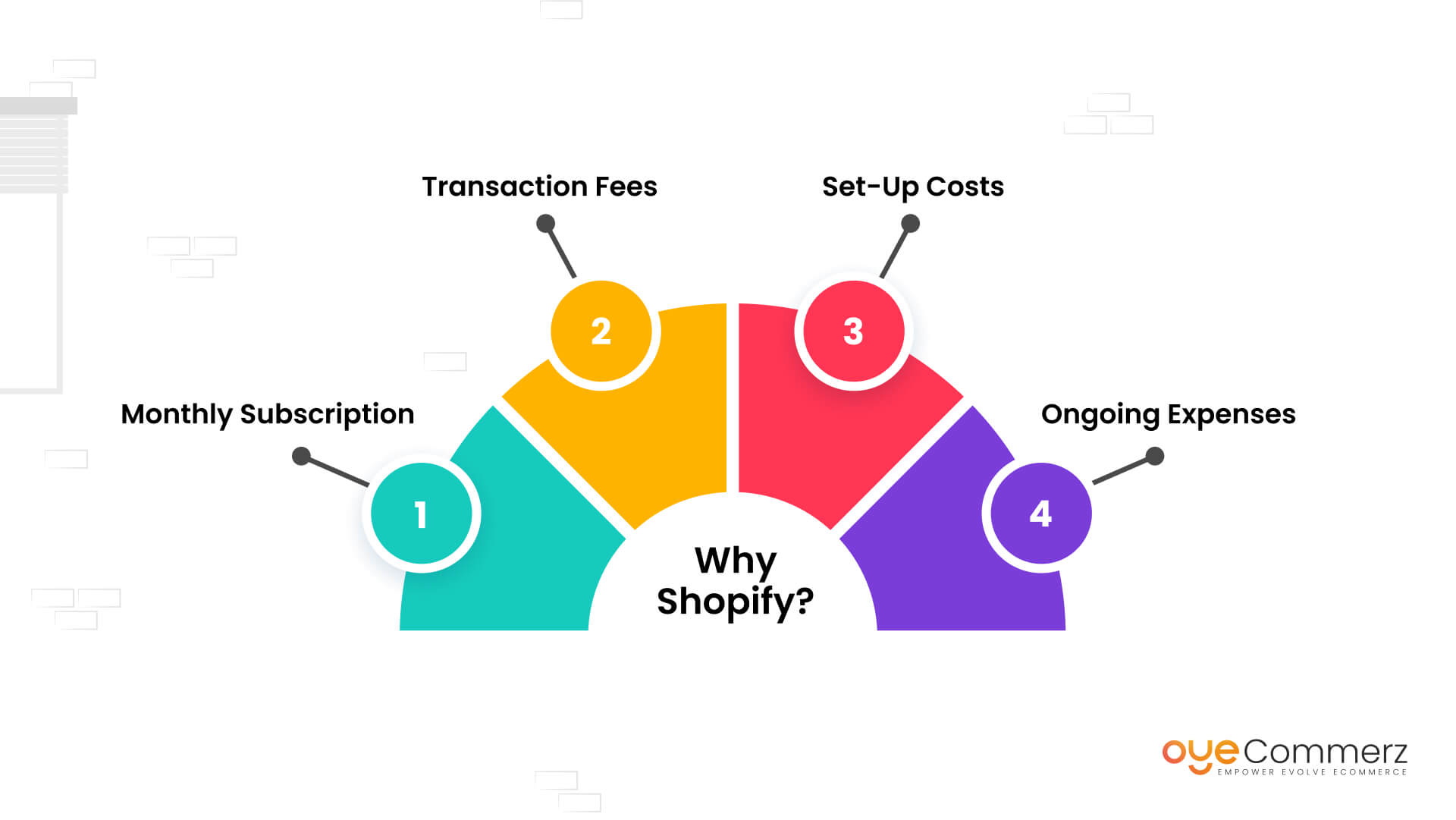Transitioning from WordPress to Shopify marks an exciting step toward optimizing your online store processes. As businesses expand, choosing a platform that supports growth potential, UX, and flexibility is essential. Shopify is widely recognized as a preferred choice for online merchants, offering superior flexibility, security, and ease of use. In this guide, we will delve into why this migration is a game-changer, highlight the benefits, and provide practical tips to facilitate a seamless transition.
1. Top Reasons to Transition from WP to Shopify
The combination of WordPress and WooCommerce, has served countless e-commerce platforms. However, as businesses expand, challenges like reliance on plugins, data risks, and complex setups often obstruct progress. Shopify, designed explicitly for e-commerce, addresses these concerns with an comprehensive, user-friendly solution. Statistics back this shift—Shopify hosts over 4.4 million websites globally, with a reported 10% increase in sales conversion rates for numerous merchants after migration.
2. Key Benefits of Shopify for E-commerce Success
Shopify’s powerful platform is tailored for scaling brands. Its standout features include:
- Seamless Customization: Shopify provides over 80 professionally designed themes.
- Built-in Features: Capabilities such as Shopify Payments and built-in SEO streamline operations.
- Global Reach: Multi-currency support and regional customization empower brands to expand internationally.
Additionally, Shopify delivers an uptime rate of 99.98%, ensuring your website remains accessible.
3. Preparing for WP to Shopify Migration
Prior to starting the migration process, assess your current store. Analyze inventory details, customer details, and search engine rankings. Tools like Shopify’s Migration Kit or third-party solutions help ease the transition. Create a detailed strategy, making sure all resources—item details, images, and blog content—are optimized for transfer.
4. The Importance of Accurate Data Migration
Transferring your data forms the foundation for a successful platform switch. When moving from WP to Shopify, focus on:
- Inventory Details: SKU, item summaries, and categories.
- Customer Data: Emails, purchase records, and custom fields.
- Search Engine Considerations: Preserve meta tags, URLs, and redirects to maintain search rankings.
Use apps like LitExtension to streamline data transfer while reducing mistakes.
5. Customizing Your Shopify Store
After the move, customizing your Shopify store ensures it aligns with your business identity. Take advantage of Shopify’s intuitive page builder to design pages effortlessly. Shopify's themes are mobile-responsive, providing a smooth UX across platforms—a key point, since 74% of e-commerce traffic comes from mobile users.
6. Maintaining SEO During Migration
Search engine optimization is crucial for preserving your online presence during migration. Shopify excels in SEO with organized link formatting, built-in optimization tools, and seamless blog integration. Ensure:
- Implement 301 redirects for existing links.
- Enhance updated content with keyword-rich content.
- Use Shopify's apps Plug in SEO to monitor performance post-migration.
7. Essential Tests After Migrating to Shopify
After finishing the transfer, conduct thorough testing.
Check: - Page load times (Shopify delivers faster speeds compared to WP).
- Functionality of payment gateways and checkout processes.
- Mobile responsiveness.
Testing ensures your store provides a smooth shopping experience from the start.
8. Real-Life Success Story
An example of effective platform switching is Gymshark, a sportswear company that moved to Shopify. After the switch, the company experienced a 60% increase in mobile sales and significantly lowered site downtime. This highlights the potential of Shopify in driving online Migrating online stores to Shopify business success.
9. Challenges and Solutions
Migration comes with challenges, such as information accuracy and adjusting tailored features. However, Shopify’s extensive assistance and third-party experts Migrating online stores to Shopify simplify the process. Partnering with qualified Shopify developers helps guarantee a trouble-free transition.
10. Making the Switch: The First Step Toward Success
Migrating from WordPress to Shopify marks a forward-thinking decision to e-commerce. By focusing on growth, streamlining operations, and enhancing the customer experience, Shopify empowers businesses to succeed in competitive markets.
Final Thoughts
Switching from WordPress to Shopify offers a smart solution that can greatly enhance your e-commerce success. With a robust migration plan, the right tools, and expert support, you can achieve new success milestones.
Ready to make the leap? Let’s discuss how our Shopify migration services can revolutionize your e-commerce platform. Contact us now, or ask yourself: Is it time to seize Shopify’s advantages for your store?
